Why is a Cactus Covered in Spines?
Updated: Aug. 25, 2022
Why does a cactus have spines? Find out the surprising reasons why these desert plants are so prickly and how the spines help the cacti.
Why Does a Cactus Have Spines?
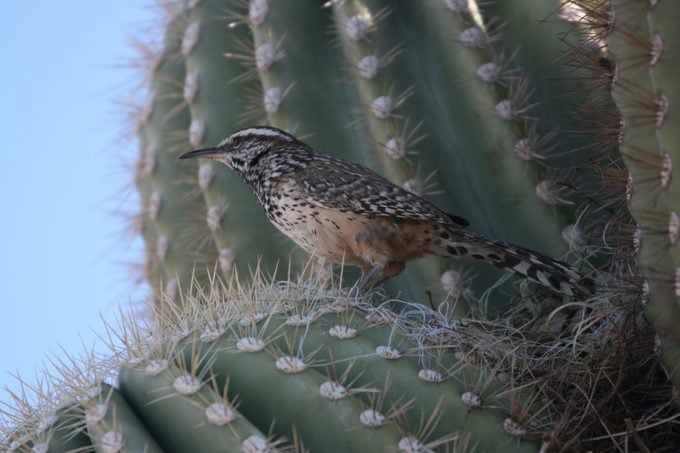
What do you think of when you see a cactus plant? Do you experience a feeling of wariness about the spines and view them from a safe distance? Cacti are quite beautiful, especially when in flower and they are best viewed from a safe distance. As a horticulturist in the desert southwest, I have had to work around cacti from time to time and yes, I have gotten pricked more times then I like to admit to. So have you ever wondered why a cactus has spines? You may be surprised.
Discover the desert birds of the southwest.
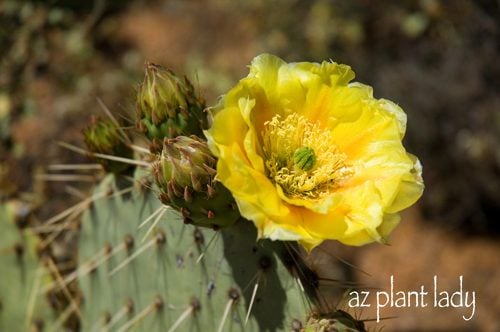
The spines of cacti are actually modified leaves. It helps to imagine cacti as large stems with spines for leaves.
Marvel at the beauty of cactus blooms with these 15 beautiful pictures of cactus flowers.
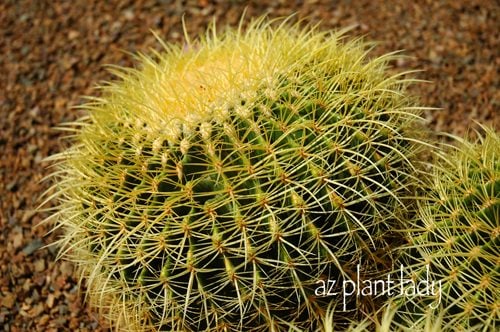
Cactus Spine Functions
One of the main functions of spines is fairly obvious—they protect cacti from predators. Their sharp spines will turn away most animals, but not all. Javelina (wild pigs), pack rats, desert tortoises and bighorn sheep aren’t put off by the prickly spines and cacti are part of their diets.
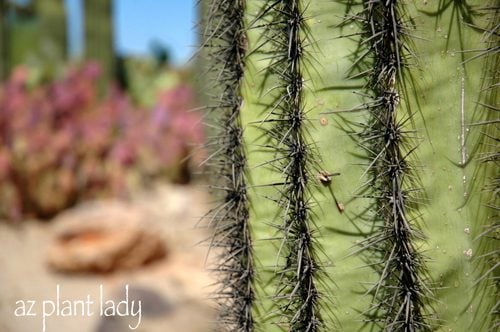
A surprising function of cacti spines is to provide shade for the cactus itself. At first, it can be hard to believe that tiny cactus spines offer any real protection from the intense, desert sun. But when you consider that each spine provides a small amount of shade and then multiply that by a 1,000 or more per cactus—it makes it easier to believe that the spines help to protect the surface of cacti. The spines also reduce water evaporation.
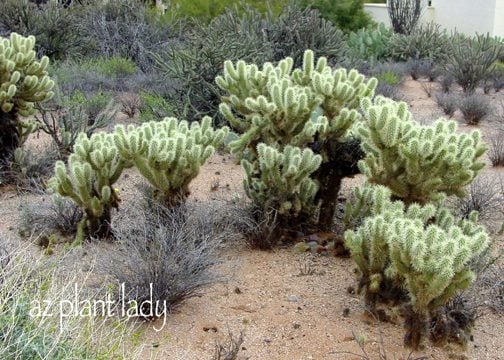
In some species of Cholla, the spines actually serve an additional purpose—they help with propagation. The spines of Cholla have tiny barbs at their tips which are very sensitive to nearby movement. This causes the segments of the cholla to ‘jump out’ and attach themselves to whatever walks by (animal or human). They do not actually ‘jump’ but it certainly seems like it. When the detached cholla segment falls to the ground from whatever was carrying it along, they will then take root in the soil and grow a new Cholla.
How to Remove Cholla Cactus Spines
If you are unlucky enough to find a piece of Cholla embedded in your clothes, or worse, your skin, you can use a comb to help pull out the barbs. Believe me, it is painful (I once backed into one and had a segment embedded in my leg). When walking in the desert, the easily get stuck to the side of your shoes. If this happens to you, grab a rock and use it to take off the Cholla segment. When all else fails, you can use a pair of needle-nose pliers to remove any stubborn spines.
Learn 8 facts about Christmas cactus.
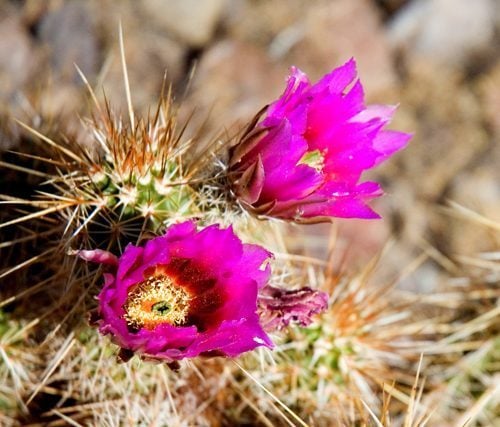
So the next time you find yourself around any cacti, be careful, but also take the time to marvel at how their prickly spines help protect them from predators and the elements as well as assist in the propagation of certain cactus species.
Check out cute cactus gifts for cactus lovers.